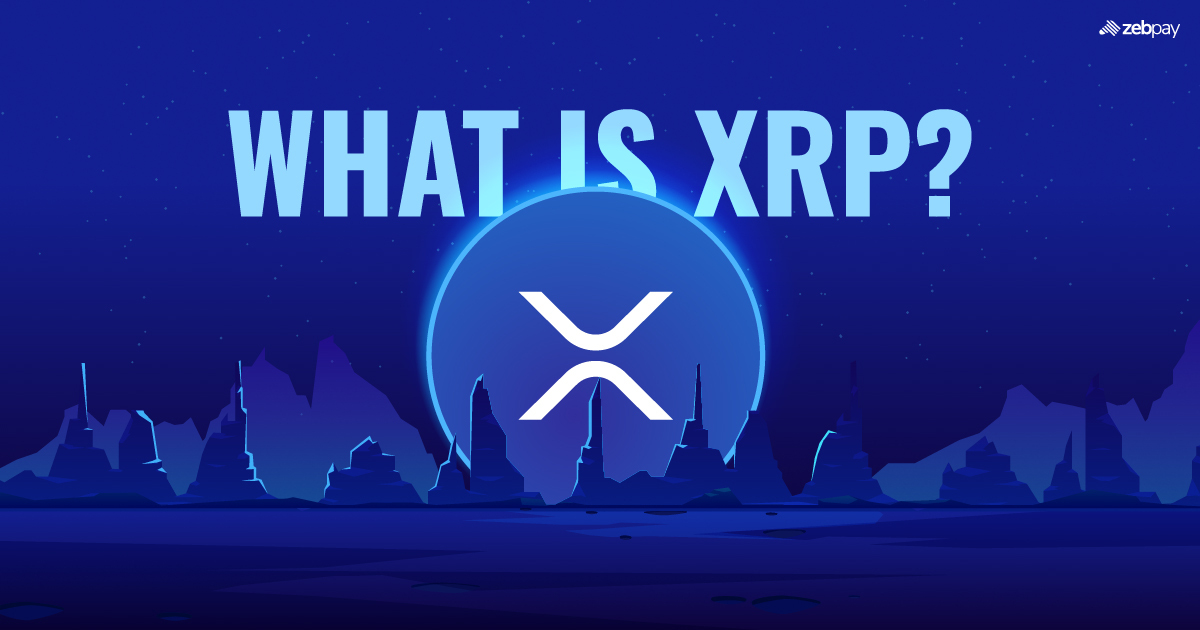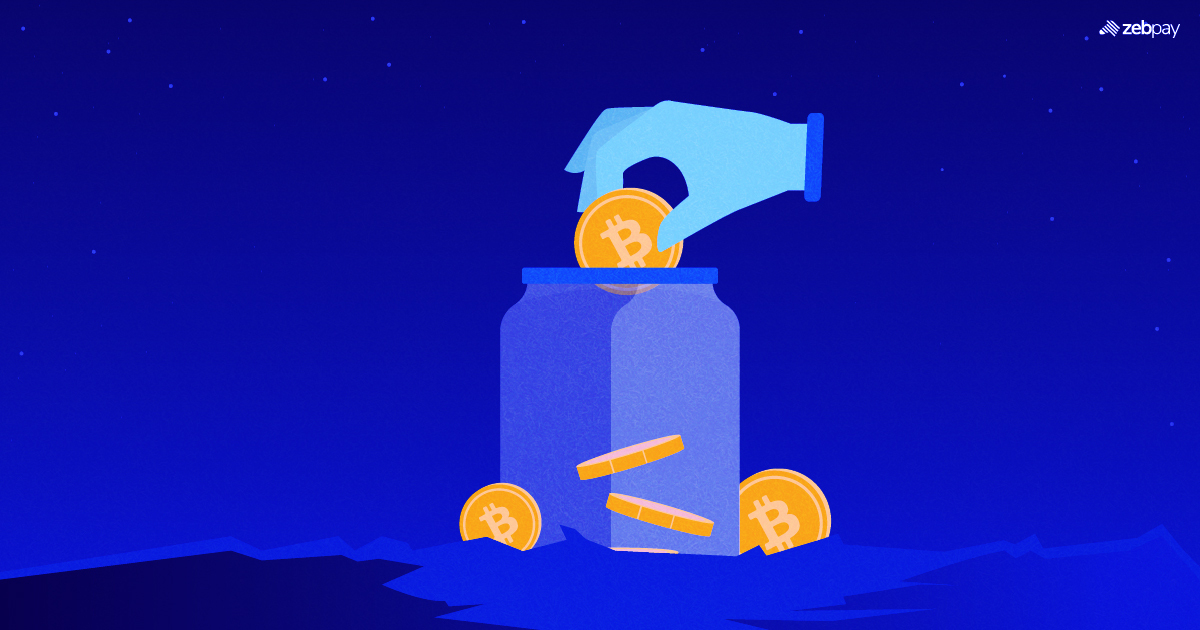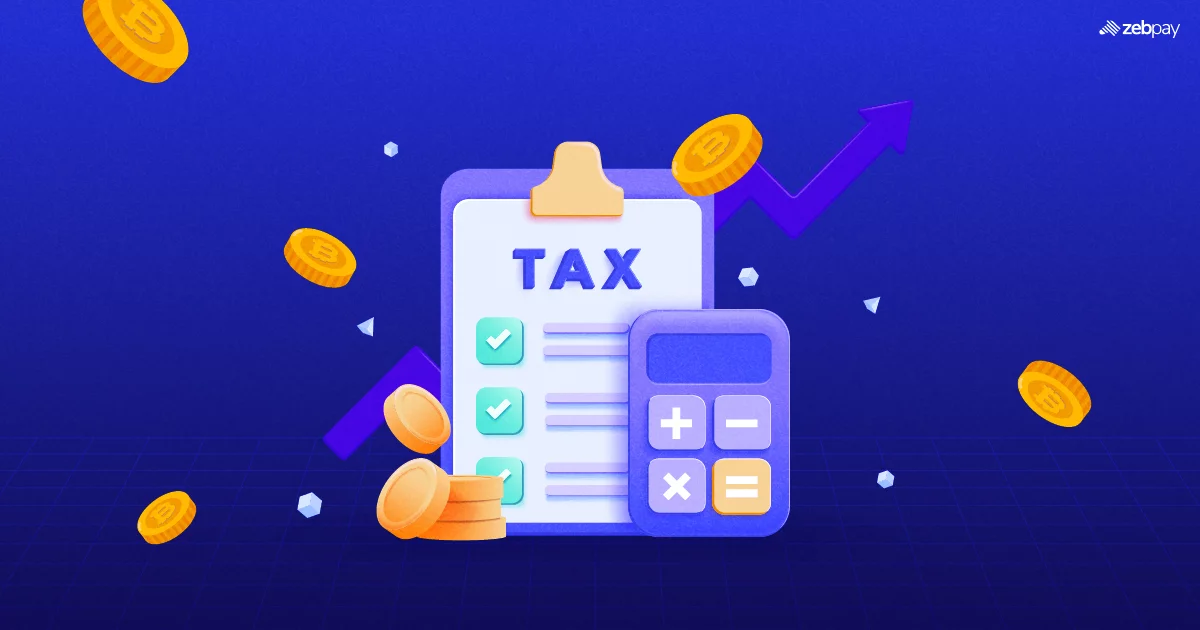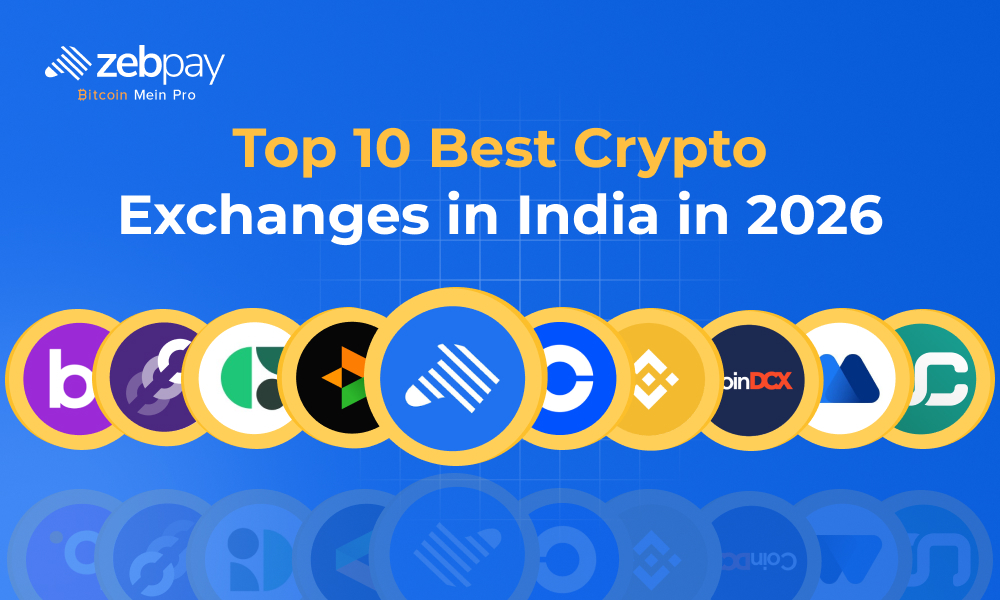Ripple and XRP are often used interchangeably, but they refer to different things. Ripple is the organisation behind the XRP Ledger and the XRP token, and it has built payment solutions beyond just XRP — including enterprise-grade cross-border settlement tools like RippleNet. XRP, on the other hand, is the native digital asset that powers the XRP Ledger. While almost all exchanges list the Ripple coin as XRP, the token itself is a digital asset, whereas Ripple is the more centralised organisation that also controls a large portion of XRP supply through escrow and reserve mechanisms.
XRP was founded in 2013, and the key figures associated with its creation include Chris Larsen, James Caleb, David Schwartz, Stephen Thomas, and Arthur Britto, each contributing to the development and infrastructure of the XRP Ledger.
Unlike Bitcoin and Ethereum, which have positioned themselves as stores of personal wealth or platforms for decentralised applications, XRP is designed to simplify money transfers at an institutional level. Its primary use case is to provide fast and low-cost liquidity for cross-border payment flows, making it more of an enterprise solution than a retail store of value.
As of late 2025, XRP’s market capitalization is significantly higher than earlier figures, with real-time data showing a valuation in excess of $110 billion and often above $170 billion depending on market conditions and data sources. This places XRP among the largest cryptocurrencies globally by market cap.
For those looking at how to buy Ripple coins, the process generally involves selecting a cryptocurrency exchange that lists XRP, completing the necessary identity verification (KYC), depositing funds, and placing a buy order for XRP. After purchase, many users transfer their XRP to a secure wallet they control.
It is also important to note that XRP mining is not possible because the XRP Ledger was launched with all tokens pre-generated at inception. Instead of mining, the ledger uses a consensus protocol for transaction validation that doesn’t rely on proof-of-work or proof-of-stake, which enables fast, efficient settlement without traditional mining.
History of Ripple
The roots of Ripple trace back even before the birth of Bitcoin. In 2004, software developer Ryan Fugger created RipplePay, a decentralized payment system designed to let people send money globally without heavy fees or intermediaries — an early vision of borderless digital payments.
In 2011, engineers David Schwartz, Jed McCaleb, and Arthur Britto began developing a new distributed ledger to address limitations they saw in Bitcoin, focusing on speed, sustainability, and efficient value transfer. Their work laid the foundation for what would become the XRP Ledger (XRPL).
By June 2012, the XRP Ledger was completed and launched as an open-source protocol with a native digital asset called XRP. Unlike Bitcoin or Ethereum, all 100 billion XRP tokens were pre-generated at launch, and transactions on the ledger were designed to settle within seconds using a consensus mechanism rather than mining.
Shortly after the ledger’s launch, in September 2012, the group founded a company initially named NewCoin, which was quickly renamed OpenCoin and later became Ripple Labs, Inc. under CEO Chris Larsen. Ripple Labs became the main driver behind promoting XRP and building real-world payment use cases.
In 2013, OpenCoin officially rebranded as Ripple Labs as it expanded efforts to bridge traditional finance with blockchain-based payments. Over the next few years, Ripple formed partnerships with banks and payment providers to integrate its technology into international payment infrastructure.
Throughout the mid-2010s, Ripple continued to evolve its products and strategy while the XRP community worked to distinguish the XRP digital asset from the company Ripple itself, leading to broader adoption of the term XRP for the token.
In more recent years, Ripple has also been involved in significant legal and regulatory developments. A long-running lawsuit with the U.S. Securities and Exchange Commission (SEC) over XRP sales — originally filed in 2020 — saw major milestones when the case was fully resolved in 2025, with Ripple agreeing to pay a fine, and the legal dispute officially ending.
Today, Ripple’s history reflects its evolution from a niche payments idea to a well-known blockchain company with a long-running public ledger and one of the largest digital assets in the world.
Also Read: Crypto 2025 Recap: Top 7 Events That Shaped the Year!
The Problem Ripple is Trying to Solve
Ripple enables global financial institutions to transfer value almost instantly and at significantly lower costs compared to the traditional systems they rely on today. While most international transactions currently run through SWIFT (Society for Worldwide Interbank Financial Telecommunications), the process is slow, expensive, and involves multiple intermediaries. To understand how Ripple (XRP) improves this system, it’s important to first look at how cross-border transfers work through SWIFT.
In the SWIFT network, international remittances are facilitated using pre-funded accounts between banks. When a domestic bank holds an account with a foreign bank, it is called a Nostro account (“ours” in Latin). From the foreign bank’s perspective, the same account is referred to as a Vostro account (“yours” in Latin). During a cross-border transfer, SWIFT sends instructions to debit or credit these accounts so the funds can move from one bank to another.
For example, consider a transfer from Bank of America in the USA to Canara Bank in India. Canara Bank maintains a Nostro account in Bank of America, holding funds in US dollars. When someone initiates a transfer, money is debited from this account and, through a SWIFT message, is credited to Canara Bank’s account in India. Once received, the funds are converted from dollars to rupees and then delivered to the recipient.
However, not all banks have direct relationships worldwide. When partnerships are absent, correspondent banks act as intermediaries. This increases complexity, especially when money is routed across several countries. Banks also need to lock capital in foreign accounts to enable settlements, resulting in high opportunity costs. Each intermediary charges fees, reducing the final transfer amount, and settlement typically takes 3–5 business days. On top of that, customers rarely receive real-time tracking or transparency about where their funds are during the process.
This is where Ripple’s blockchain-based alternative using XRP stands out. Ripple offers near-instant settlement without the need for multiple correspondent banks, making global transfers faster, cheaper, and transparent. As more users explore how to buy Ripple coin or invest in XRP, they often learn that XRP mining does not exist, as all XRP was pre-minted at launch and transactions rely on network consensus instead of mining.
How Does Ripple Work?
Ripple is designed specifically to solve the above-mentioned problems. Ripple enables RTGS (Real-Time Gross Settlement) for the direct transfer of assets through the Ripple Blockchain ledger. The Ripple (XRP) ledger can be used by a network of banks for instant settlement of fund transfers. A typical fund transfer through XRP can be settled in less than a minute. Each transaction costs less than a dollar. This allows senders and receivers to have complete clarity on what is happening. According to Ripple, banks can save close to 60% of their costs using this system:
- Since XRP transfers work on a blockchain, the network unifies all the banks irrespective of the geographic location.
- Banks can hold the XRP on their balance sheets instead of holding foreign currency.
- Money can be credited in the form of XRP to the local accounts which can then be converted into the local currency.
- The markups on foreign exchange rates can be avoided.
The nodes on the blockchain network validate the transactions similar to any other blockchain. When more than 80% of the nodes on the network verify a transaction, it is validated. These nodes are run by various institutions. This network of validators is known as the RippleNet. The validation method used on the Ripple network is known as the federated consensus mechanism. It is based on the trust which the network has in the nodes. This is also a reason why, unlike Bitcoin and Ethereum, XRP cannot be mined by anyone.
Read about: What Is a Blockchain Layer?
How to Mine Ripple XRP?
Unlike Bitcoin and Ethereum, XRP cannot be mined. The XRP Ledger was launched with its total supply pre-issued, and network validation is handled by trusted financial institutions and independent validators operating XRP nodes. Therefore, retail users cannot mine XRP through traditional mining mechanisms. The practical way for individuals to acquire XRP is by purchasing it using fiat currency on an exchange or swapping another cryptocurrency for XRP.
Also Read: What is Falcon Finance (FF)? How Does It Work?
Advantages & Disadvantages Of Ripple
| Advantages | Disadvantages |
| Settlement Time | Pre-mined Supply |
| Cost | Centralised Network |
| Elimination Of Middlemen | Regulatory Uncertainty |
| Boundaryless | Limited Mining Opportunities |
Advantages of Ripple
- Settlement Time: Ripple’s settlement time is instantaneous which is way faster than the current SWIFT system.
- Cost: It is much cheaper to send value through the Ripple network when compared to the current SWIFT system.
- Elimination Of Middlemen: Ripple network eliminates the need for correspondent banks thereby saving costs for banks who do not have partner banks in other countries.
- Boundaryless: The Ripple network eliminates geographic boundaries as all the institutions are on the same network. This allows several banks in the poorer parts of the world to be included in a global network.
Disadvantages of Ripple
- Pre-mined Supply: All XRP was issued at launch, leading to debates around distribution fairness.
- Centralised Network: Ripple blockchain cannot be called fully decentralised as the nodes on the network are a handful of financial institutions and not retail investors.
- Regulatory Uncertainty: Ongoing global scrutiny and past legal challenges affect investor confidence.
- Limited Mining Opportunities: XRP cannot be mined like Bitcoin or Ethereum, limiting access methods.
Read about: Centralised Vs Decentralised Networks
Future of Ripple
Ripple presents a viable alternative to the existing global payment system by addressing inefficiencies in cross-border money transfers and offering faster, lower-cost settlements compared to SWIFT. Designed as a bridge currency for liquidity rather than just speculation, Ripple (XRP) tackles long-ignored financial bottlenecks with near-instant value transfer, a feature that could become more attractive as volatility reduces and institutional adoption grows. As of 2025, RippleNet connects over 300 financial institutions worldwide, and its potential remains significant, especially as analysts monitor regulatory developments, enterprise demand, and the emergence of XRP-related investment products. However, Ripple’s adoption doesn’t automatically translate to a price rise for XRP, since some partners use RippleNet without holding the token. Investors should conduct thorough research, understand how to buy Ripple coins, and evaluate personal risk appetite before making any investment decision.
In the grand scheme of things, ZebPay blogs are here to provide you with crypto wisdom. Get started today and join 6 million+ registered users to explore endless features on ZebPay!
FAQs on Ripple
What is Ripple in simple terms?
Ripple is a blockchain-based payment network that enables fast and low-cost international money transfers, using XRP as its native asset for liquidity.
Is Ripple the same as XRP?
No. Ripple is the company that develops payment solutions, while XRP is the digital asset used on the XRP Ledger.
Can XRP be mined like Bitcoin?
No. XRP cannot be mined; its entire supply was pre-issued, and the practical way to acquire XRP is by purchasing it or swapping another cryptocurrency for it.
How does Ripple differ from SWIFT?
Ripple transactions settle within seconds with lower fees, whereas SWIFT-based transfers may take several days and involve multiple intermediaries.
Is XRP a good investment?
XRP has strong utility in cross-border payments, but like any cryptocurrency, investment decisions should be based on research, risk assessment, and market understanding.





